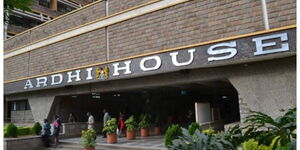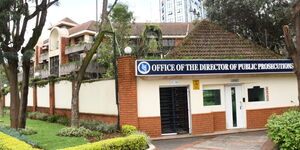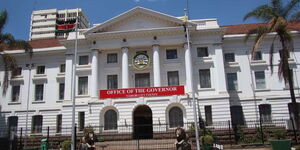Kenya Wildlife Service (KWS) has announced a transition from the old eCitizen platform to a new and improved payments system known as KWSPay, a portal in eCitizen.
KWS, in a statement on November 1, stated that the new system will make it easier for visitors to book and pay for conservation fees and any other KWS services.
“The transition from the old eCitizen platform to the upgraded new eCitizen payment system, branded as ‘KWSPay,’ introduces a more seamless, enhanced and flexible process for booking and making payments for Conservation Fees and other KWS services,” KWS stated.
In the new system, payments will be made through bank cards, bank transfers, Mpesa and eWallets. The new system went live on November 1, 2025, at 6 pm.
KWS stated that all the detailed user instructions are available on the eCitizen website and on the KWS website.
To protect users from inflation and current fluctuations, KWS said that all transitions will include a monthly exchange rate adjustment based on the Central Bank of Kenya(CBK).
“All transactions will apply a monthly dollar exchange rate in line with CBK rates, in addition to facilitation charges to cushion the service provider against inflation, currency fluctuations, and interbank charges,” the statement added.
According to KWS Director General Erustus Kanga, a nominal administrative fee per transaction will be applied and a 5 percent gateway fee will also be charged for online payments.
He assured members of the public that the system is to provide transparent, efficient and customer friendly digital services.
“KWS and eCitizen remain committed to providing efficient, transparent, and customer-friendly payment services that improve access to Kenya’s national parks, reserves, and sanctuaries,” the statement added.
Through the KWSPay system, tourists, both domestic and international, will be able to pay fees to all National parks, marine parks, museums and sanctuaries managed by KWS.
In the system, visitors can prepay park entry fees online before arrival, helping to skip queues and reducing congestion at park gates












